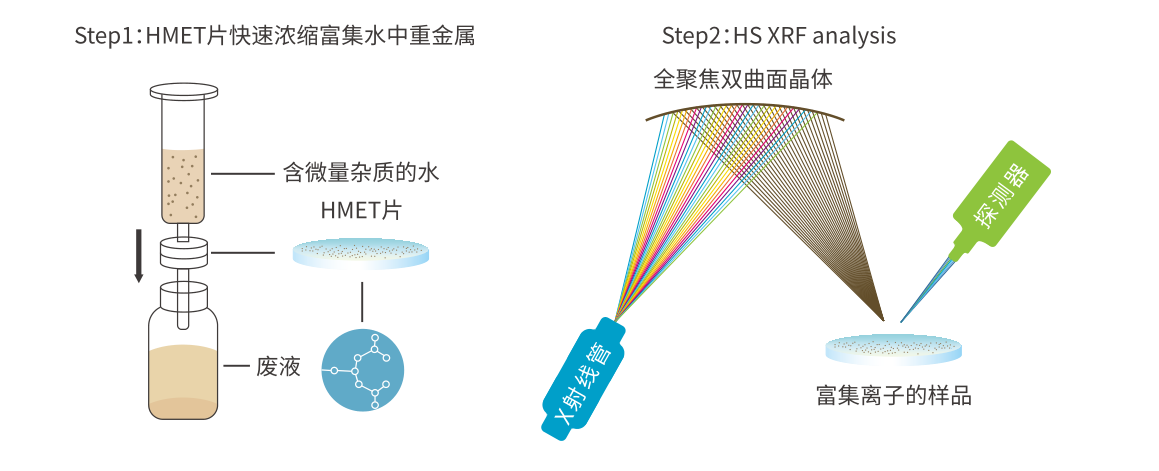| Serial number |
Item |
Model |
Unit |
Number |
| 1 |
Single wavelength excitation energy dispersive X-ray fluorescence spectrometer |
PHECDA-ECO (portable) or
PHECDA-HE (desktop) |
Terrace |
1 |
| 2 |
Water quality heavy metal enrichment devices |
Water-prep |
Terrace |
1 |
| 3 |
Rapid Basic Parameter Method Software System |
Fast FP |
set |
1 |
| 4 |
Heavy metal enrichment diaphragm for water (HMET) |
HMET-A,HMET-C |
individual |
200 |
| 5 |
Sample cups |
|
individual |
200 |
| 6 |
Sample film |
|
Box |
1 |
| 7 |
Water quality standards (QC) samples |
|
set |
2 |
| 8 |
Air filter membrane standard (QC) samples |
|
individual |
1 |
| 9 |
Installation kit, instructions |
|
set |
1 |










